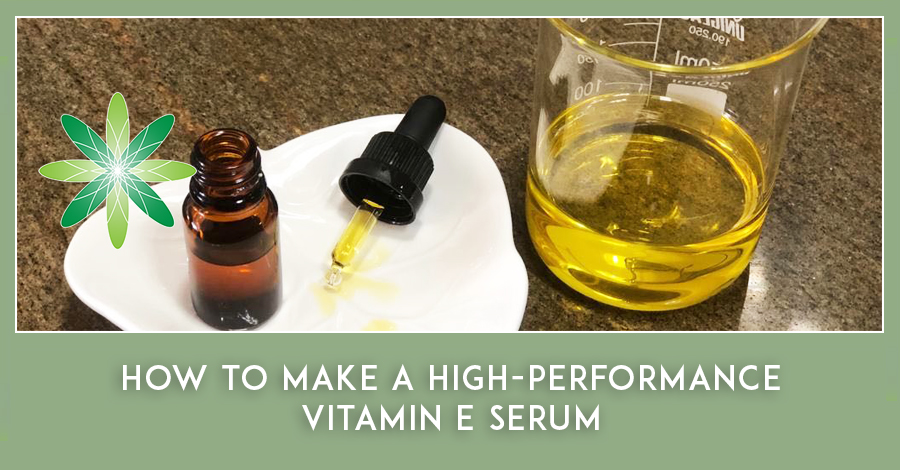Abstract
BACKGROUND:
Vitamin E represents a potent antioxidant and anti-inflammatory system, playing a role in Alzheimer’s disease (AD). Different plasma concentrations of the forms of vitamin E are observed in AD compared to cognitively healthy subjects.
AIM:
Since these modifications may modulate the markers of oxidative stress and cellular aging, we aim to explore the relationship between vitamin E forms and leukocyte telomere length (LTL) in AD.
METHODS:
53 AD subjects and 40 cognitively healthy controls (CTs) were enrolled. The vitamin E forms (α-, β-, γ- and δ-tocopherol, α-, β-, γ- and δ-tocotrienol), the ratio of α-tocopherylquinone/α-tocopherol and 5-nitro-γ-tocopherol/γ-tocopherol (markers of oxidative/nitrosative damage) and LTL were measured.
RESULTS AND DISCUSSION:
Regression model was used to explore the associations of vitamin E forms and LTL with AD. The interaction of LTL in the association between vitamin E forms and AD was tested. AD subjects showed significantly lower concentrations of α-, β-, γ- and δ-tocopherol, α- and δ-tocotrienol, total tocopherols, total tocotrienols and total vitamin E compared to CTs. AD subjects showed higher values of nitrosative/oxidative damage. The adjusted analyses confirmed a significant relationship of AD with plasma concentrations of α- and β-tocopherols, δ-tocotrienol, total tocopherols, total tocotrienol, total vitamin E and oxidative/nitrosative damage. However, nitrosative damage was significantly associated with AD only in subjects with higher LTL and not in those expressing marked cellular aging.
CONCLUSIONS:
Our study confirms the role of vitamin E in AD pathology and indicates that nitrosative damage influences the association with AD only in subjects characterized by longer LTL.




